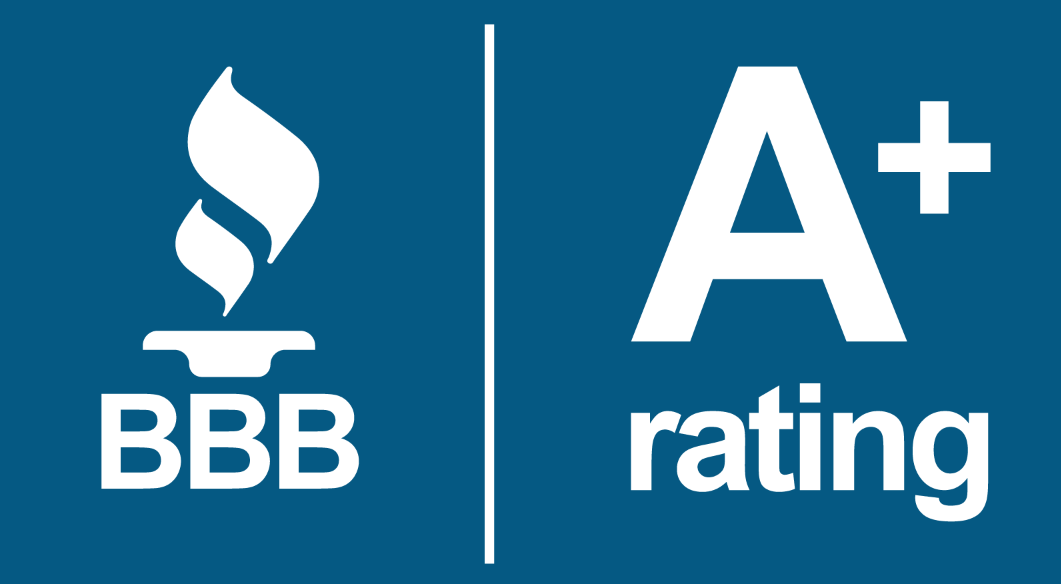Exposed FDC | ASC | Angled | Double Clapper | Standpipe | 4 in. x 2-1/2 in. x 2-1/2 in. NST | Polished Chrome
This Exposed FDC features an Angled design and is made of a durable, long-lasting Cast Brass to help ensure safety in buildings with automatic sprinkler systems in the event of a fire, by allowing the fire department to supply additional water and/or pressure to enhance the effectiveness of the system. Featuring a Double Clapper design and a Polished Chrome finish, this fire protection FDC features ‘Standpipe’ lettering and is UL Listed and FM Approved. This Siamese fire hose connection has one 4 in. National Pipe Thread (NPT) outlet and two 2-1/2 in. National Standard Thread (NST) inlets and has been tested to handle up to 500 Gallons Per Minute (GPM).
We provide a variety of Exposed FDC options to fit your needs and preferences, including a variety of orientations, thread types, sizes, and more:
- Angled Body Double Clapper 4 in. x 2-1/2 in. NST (Cast Brass)
- Angled Body Single Clapper 4 in. x 2-1/2 in. NST (Cast Brass)
- Straight Body Double Clapper 4 in. x 2-1/2 in. NST (Cast Brass)
- Straight Body Single Clapper 4 in. x 2-1/2 in. NST (Cast Brass)
We highly recommend purchasing the add-on parts necessary for a fully functioning and compliant FDC. Choose your plate, and two Plug and Chains or Breakable Caps from the options section on this page to help ensure your building’s safety and code compliance. The ID plates help the fire department identify the location and type of your FDC.
What is a Fire Department Connection (FDC)?
FDC stands for Fire Department Connection. An FDC, or, when it has two outlets, a Siamese Connection, or a fire department Siamese connection, is a crucial component of a building's fire protection system. It serves as a dedicated connection point that allows firefighters to easily connect their hoses to the building's fire sprinkler or standpipe system. The FDC enables the fire department to supply additional water or pressure to enhance the effectiveness of fire suppression efforts. It acts as a vital link between the fire department's equipment and the building's fire protection infrastructure, enabling a rapid and coordinated response in the event of a fire emergency.















